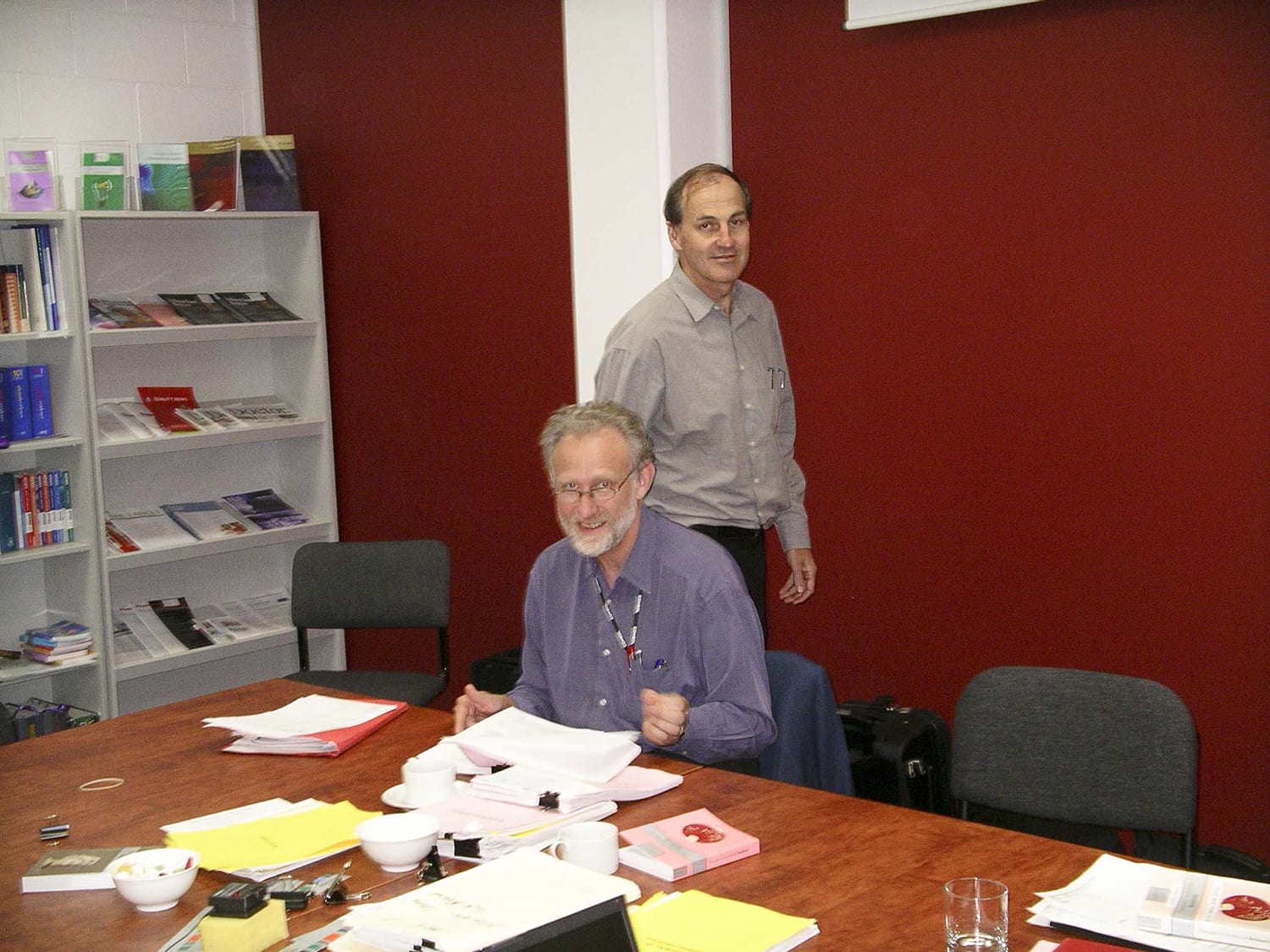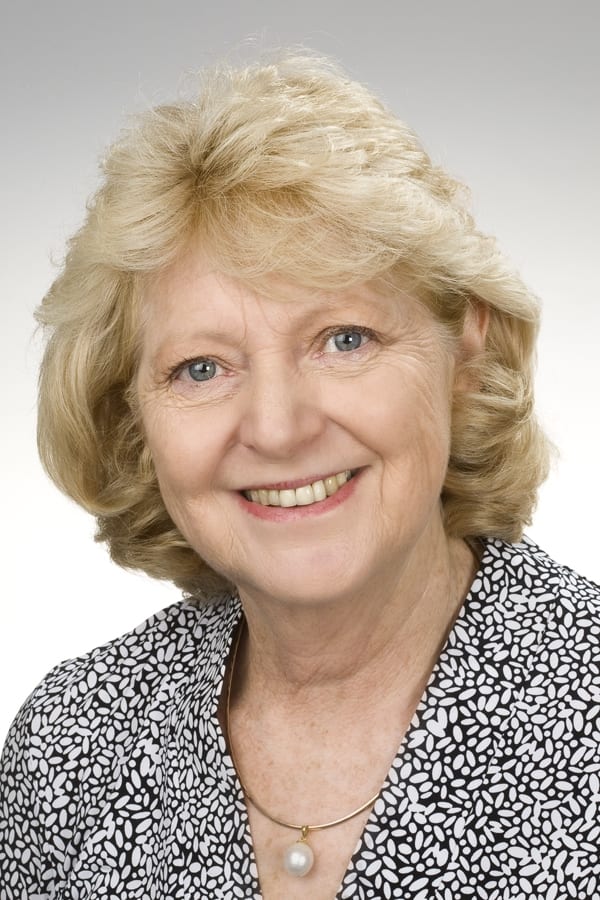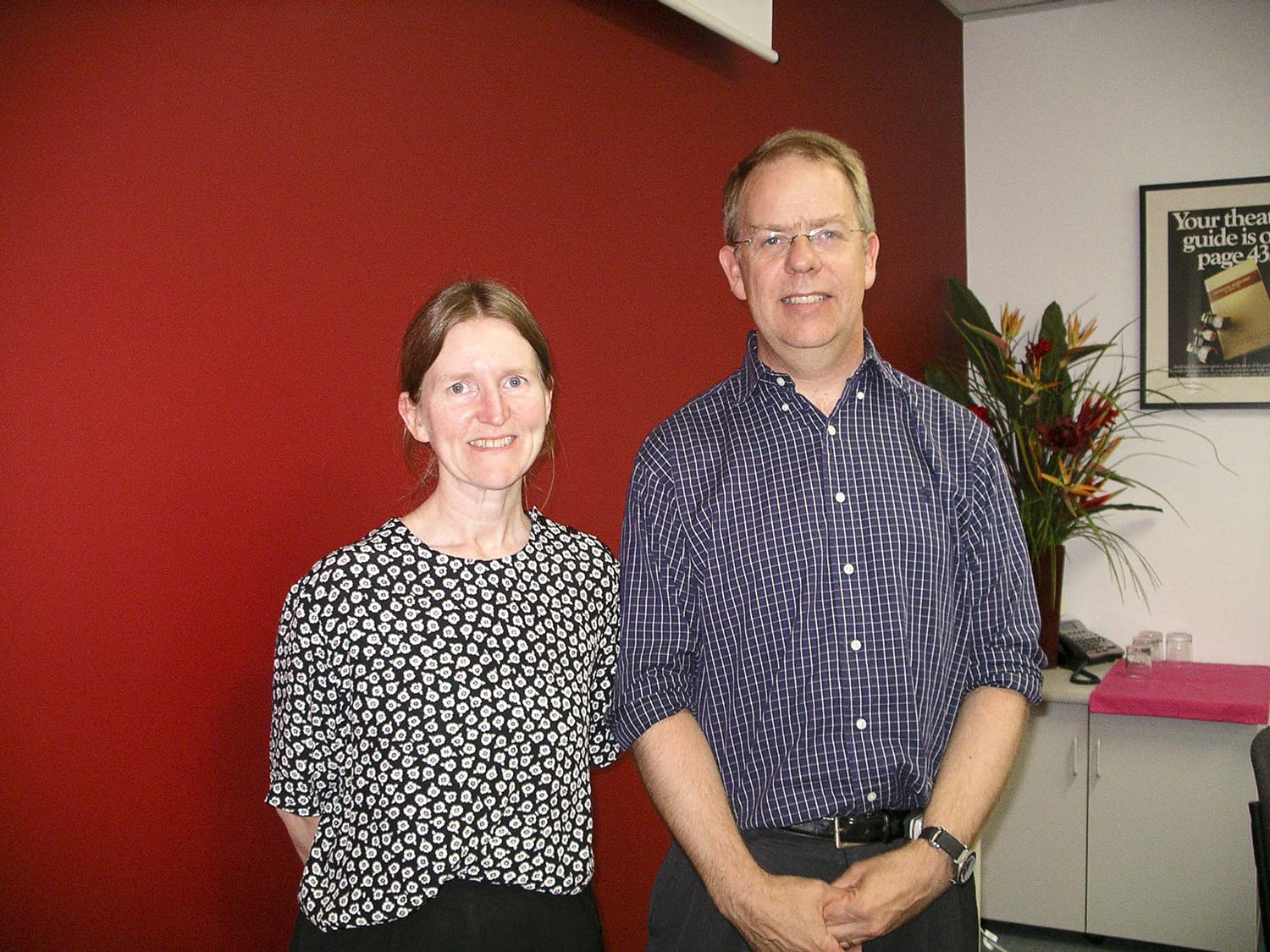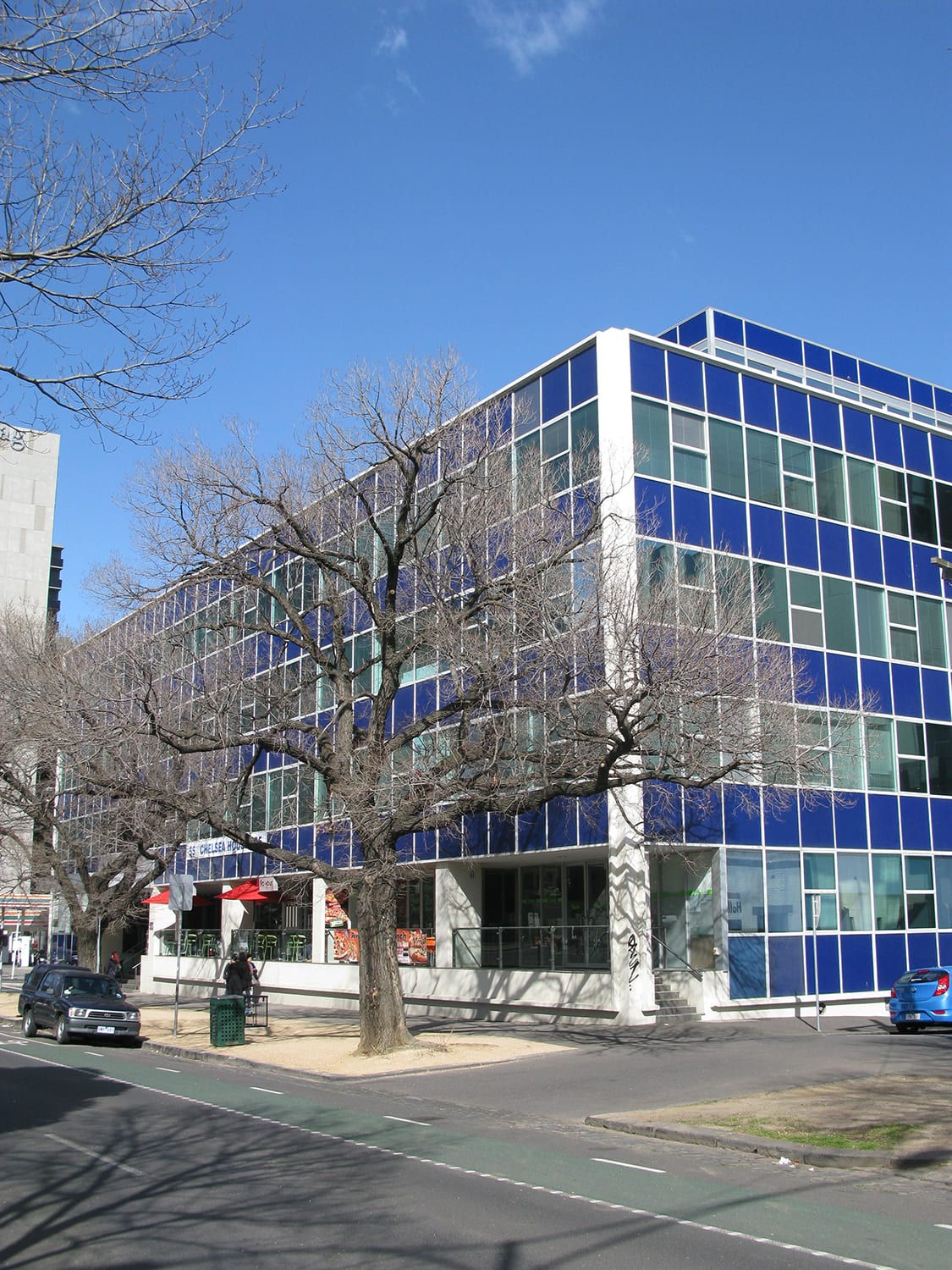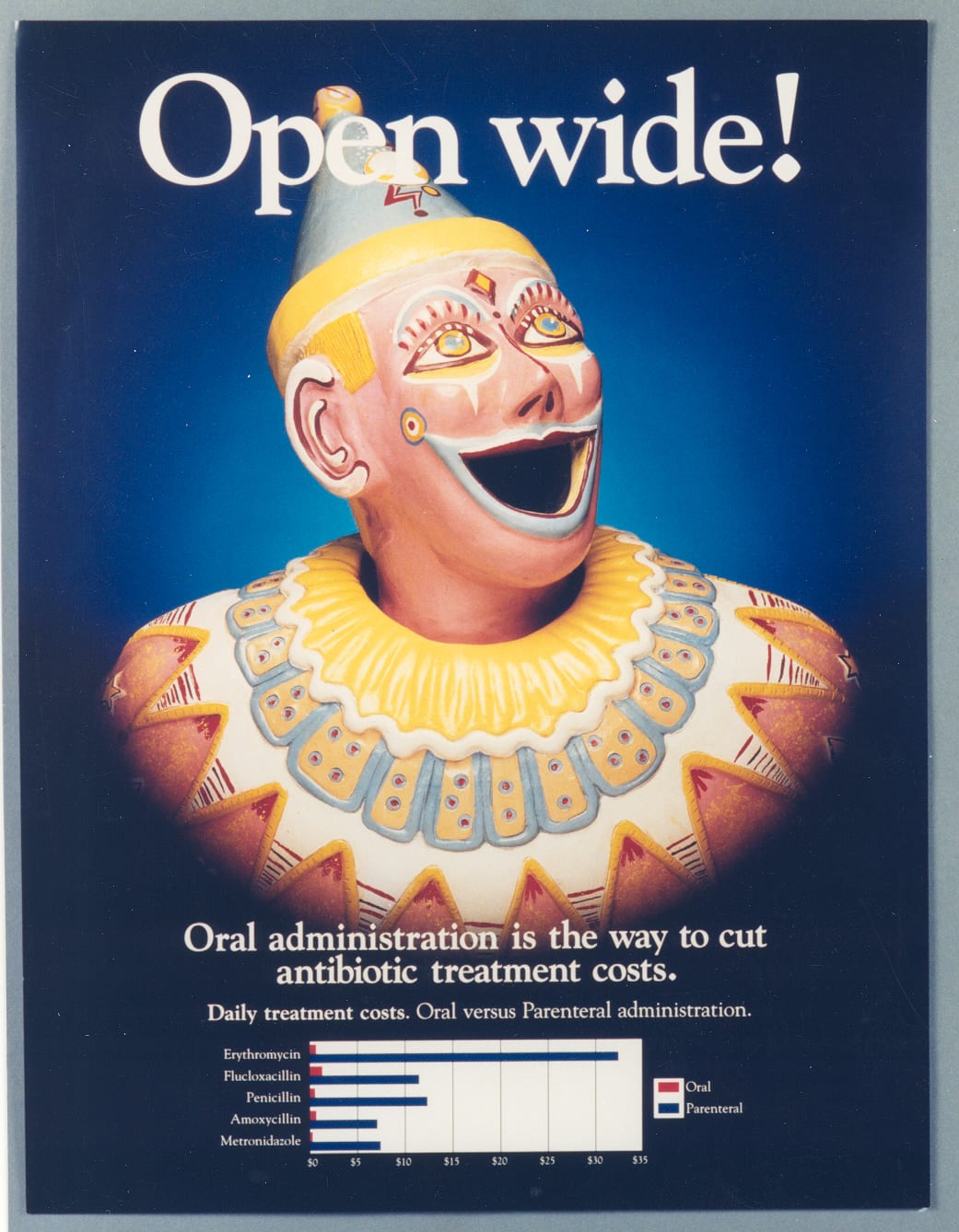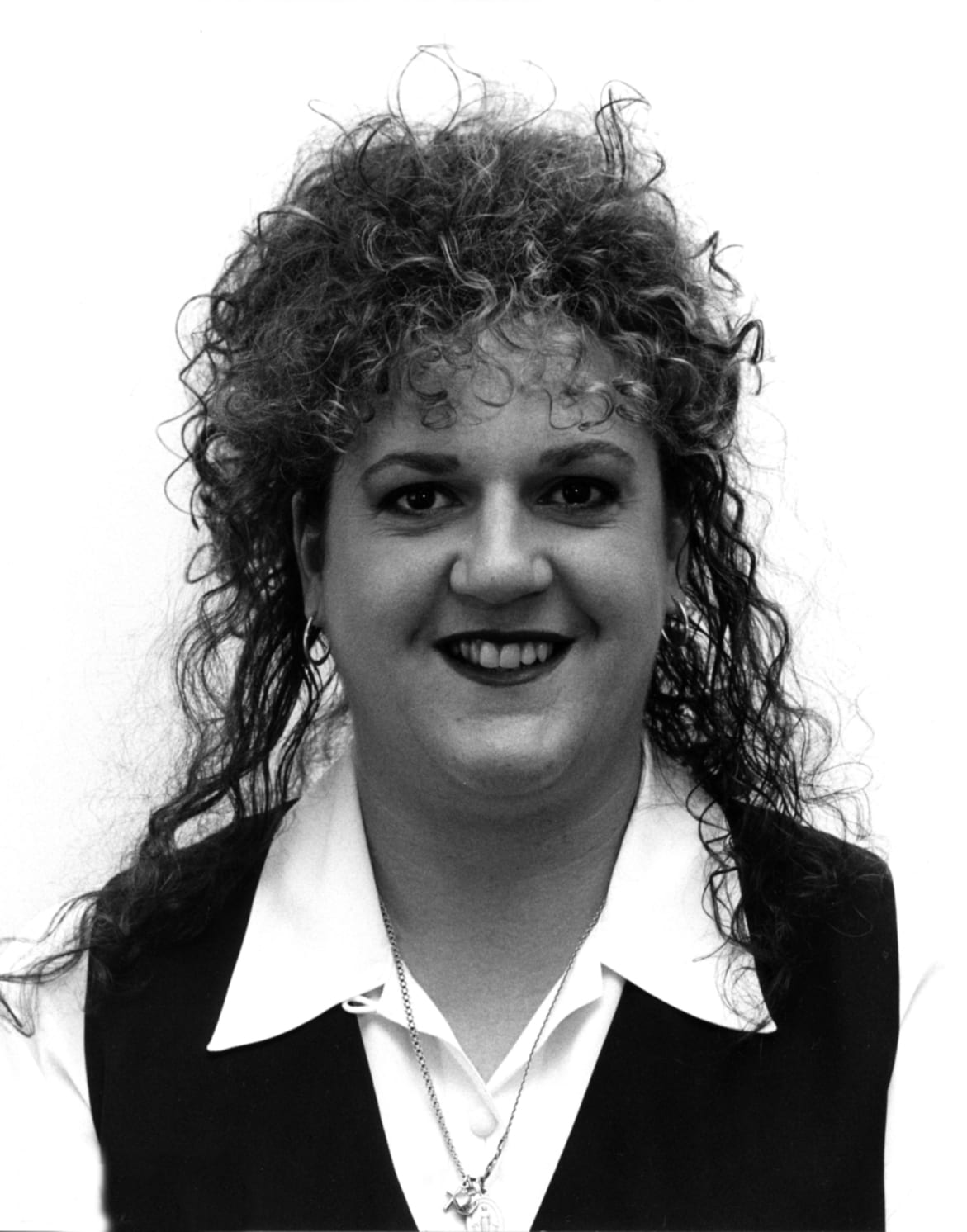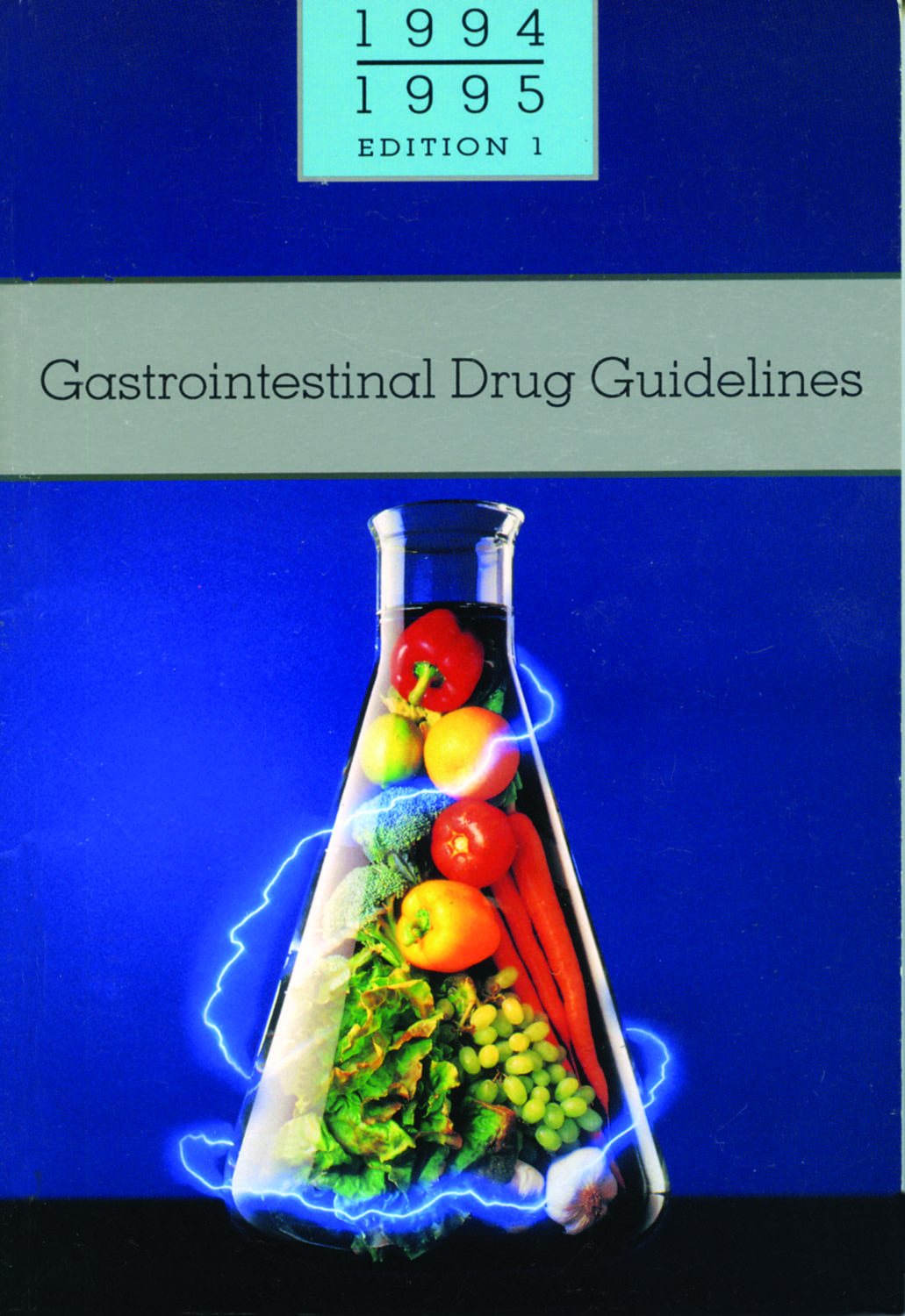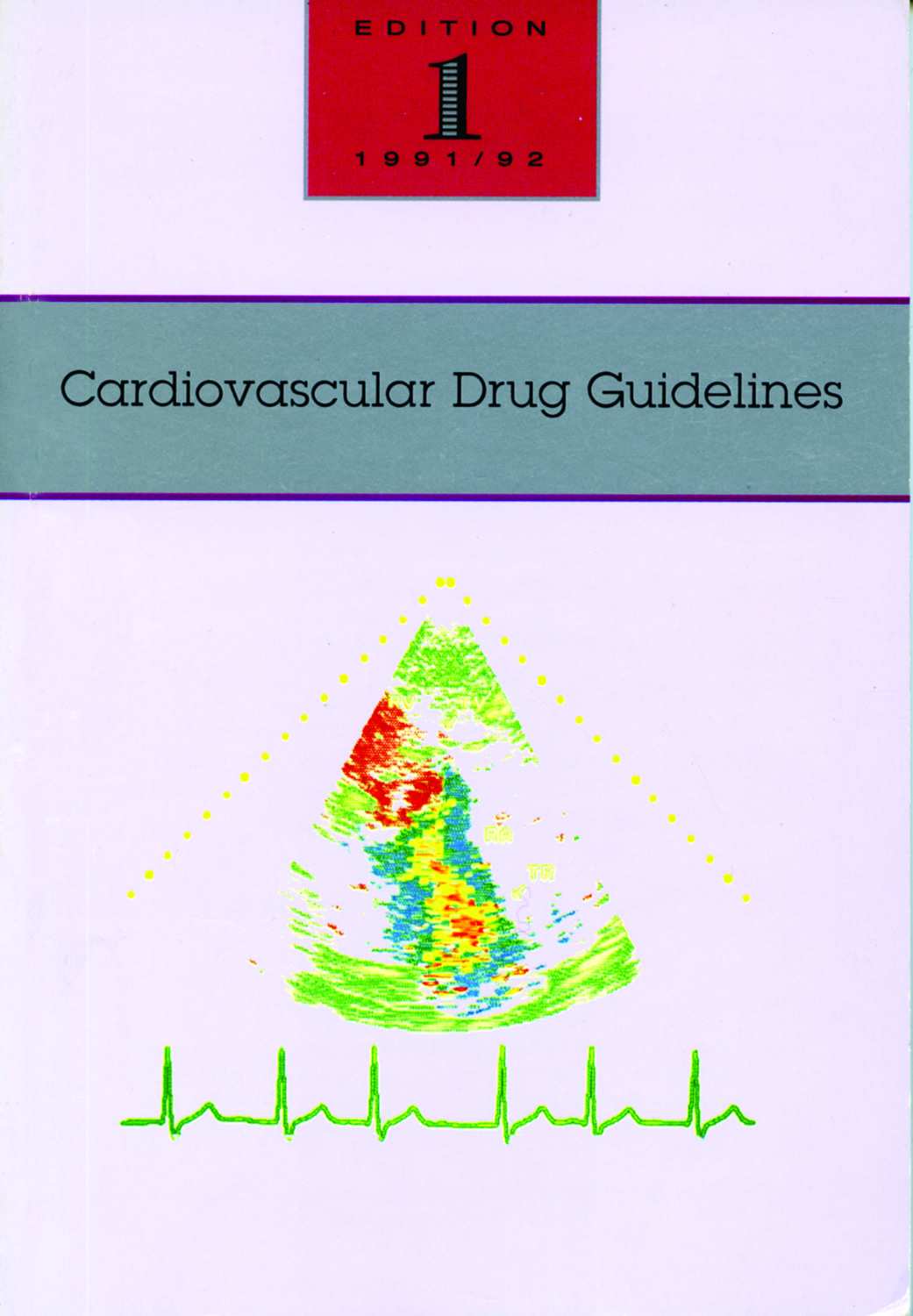In accordance with VDUAC’s terms of reference, it decided to expand and publish new guidelines titles. As a result, the period between 1988 and 1994 witnessed a rapid period of growth. Five new titles were published beginning with Analgesic Guidelines in 1988. The first edition of Psychotropic Guidelines was published in 1989, followed by the first edition of Cardiovascular Guidelines in 1991. A further two new titles were released in 1994 — Gastrointestinal Guidelines and Respiratory Guidelines. New writing groups were formed to meet the needs of the rapid diversification into other therapeutic areas.
The new therapeutic areas seemed to many practitioners to be a natural and welcomed evolution of the concept.
But diversification of titles somewhat challenged the status quo. The antibiotic writing group had, since 1978, been the first and only exponent of therapeutic guidelines. It remained proud of its place, and its guidelines continued as the flagship bestseller.
The introduction of a national Quality Use of Medicines (QUM) policy in 1992 provided one of the catalysts for the Victorian therapeutic guidelines project to embrace a national approach. It proposed support for VDUAC in developing its guideline booklets into Australian therapeutic guidelines. On this basis, VDUAC requested funding from the Commonwealth to enable it to nationalise the guideline booklets. Dr John Primrose, principal medical advisor in the Pharmaceutical Benefits Branch of the federal Department of Health, oversaw the QUM program (and later became a TGL board member). The funding in 1993 was a significant game changer and covered the costs associated with bringing experts from all over Australia to Melbourne for meetings to prepare versions of various titles. Another important milestone which boosted national acceptance and recognition of the guidelines books came in 1994 when all were endorsed by Royal College of General Practitioners and Australian Medical Association (AMA).
Editions of guidelines were heavily marketed around Australia by the Therapeutics Committee. A new marketing campaign in 1993, labelled ‘Open Wide’, trumpeted the seventh edition of Antibiotic Guidelines (1992). Sales from brochure inserts in Australian Pharmacist and Australian Dental Journal proved especially effective. For the first time, a direct mail campaign to Western Australia was piloted. The advertising campaign planned for 1994, following the release of Antibiotic Guidelines version 8, included 150,000 brochures to be used in direct mailings, journal inserts, and miscellaneous distribution. The campaign’s slogan was: ‘A second opinion in seconds’, qualified with ‘Drug guidelines help you make the right decisions … fast!’ As soon as new books were printed, complimentary copies were distributed to opinion leaders throughout Australia.

